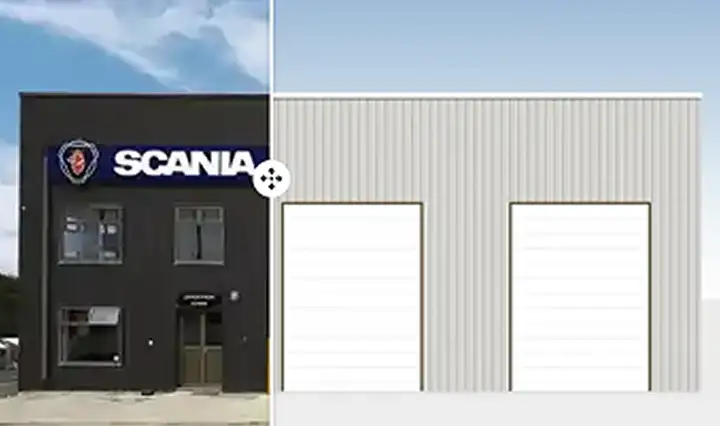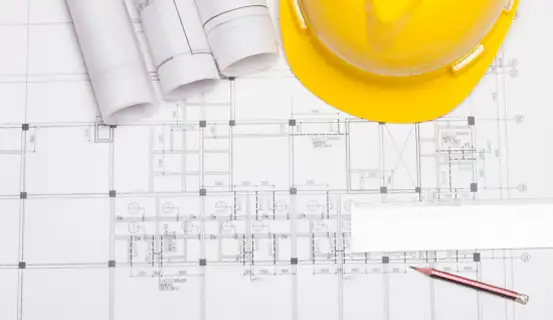
When planning a new structure, it’s easy to get swept up in the excitement of design possibilities…wide-open layouts, custom rooflines, mezzanines, and eye-catching facades. But when it comes to pre-engineered metal buildings, every line on the blueprint has a real impact on your bottom line. Understanding how your building design choices affect cost can help you stay on budget while still getting the space and functionality you need.
Simpler Designs, Lower Costs
At the core of every metal building is a framework of engineered steel components designed to fit together efficiently and reliably. The most cost-effective structures tend to follow a straightforward rectangular or square footprint with a single-slope or gable roof. These designs are faster to engineer, require fewer materials, and streamline the manufacturing and assembly process.
This doesn’t mean “cookie-cutter.” Even basic layouts can be customized with color choices, trim packages, and efficient interior layouts to suit your business or operational needs. But keeping the overall structure simple is one of the most effective ways to control costs, especially if speed and affordability are your top priorities.
The Price of Complexity
As the design becomes more complex, so does the engineering. Want to add a second floor? Mezzanines, multi-bay expansions, cantilevers, or specialized roof systems? These features introduce new structural requirements. That means additional steel, more time in the engineering phase, and often more precise fabrication to ensure everything connects safely and correctly.
Even seemingly small changes (like increasing the clear span, adding more openings, or choosing a nonstandard roof pitch) can require reinforced framing or custom components that add cost and extend the timeline. The same goes for buildings intended for specific uses like climate-controlled storage, retail storefronts, or manufacturing. These specialty use cases often come with strict design needs that add complexity from the start.
Design Your Ideal Steel Building
Every project is unique -your building should be too. Explore Allied Steel’s customization options and design features to create a structure that fits your exact needs.

More Materials, More Labor
Every change to your building’s design influences the quantity and type of materials required. For example, a basic 5,000-square-foot warehouse might need standard primary frames and purlins, while a similar-sized retail space with multiple entrances, windows, and aesthetic features will require extra framing around openings, unique finishes, and additional trim.
That increase in materials also means more time on the production floor and more labor in the field. Installation crews need to handle more parts, execute more detailed instructions, and ensure everything aligns perfectly, especially on jobs with complex intersections or tight tolerances.
That Doesn’t Mean Custom Isn’t Worth It
Just because a design increases cost doesn’t mean it’s a bad investment. Many custom features provide value in the long run. A larger entry bay might make your operations more efficient. Architectural finishes can attract more foot traffic to your business. Energy-efficient roof systems can lower your utility bills over time.
The key is knowing what’s driving your cost and choosing enhancements that bring long-term returns. A reputable metal building supplier will work with you to balance aesthetic preferences and performance needs with cost considerations, helping you prioritize the elements that make the biggest impact.
From Vision to Steel Structure
CURIOUS HOW IT ALL COMES TOGETHER?
Take a closer look at Allied Steel’s step-by-step design process. From initial concept through final plans and see how we turn your ideas into durable, high-performance buildings.

Design with Strategy
If you’re early in the planning process, involve your steel building manufacturer as soon as possible. They can help value-engineer the design by suggesting layout alternatives or material substitutions that maintain your goals while reducing unnecessary expenses.
For example, simplifying the number of rooflines, standardizing bay spacing, or consolidating framed openings can all lower costs without compromising your building’s usefulness. Even orientation and site placement can influence design requirements. Positioning your building to optimize sunlight or reduce wind load may allow for a lighter structural design.
The Bottom Line
Design is one of the biggest cost factors in pre-engineered steel buildings, but that doesn’t mean you need to compromise. With the right guidance, you can create a building that reflects your brand, meets your needs, and stays within budget.
At the end of the day, the smartest designs are those that strike a balance between form, function, and cost. Whether you’re building a warehouse, office, retail space, or industrial facility, our team is here to help you make strategic choices that set your project up for long-term success.
